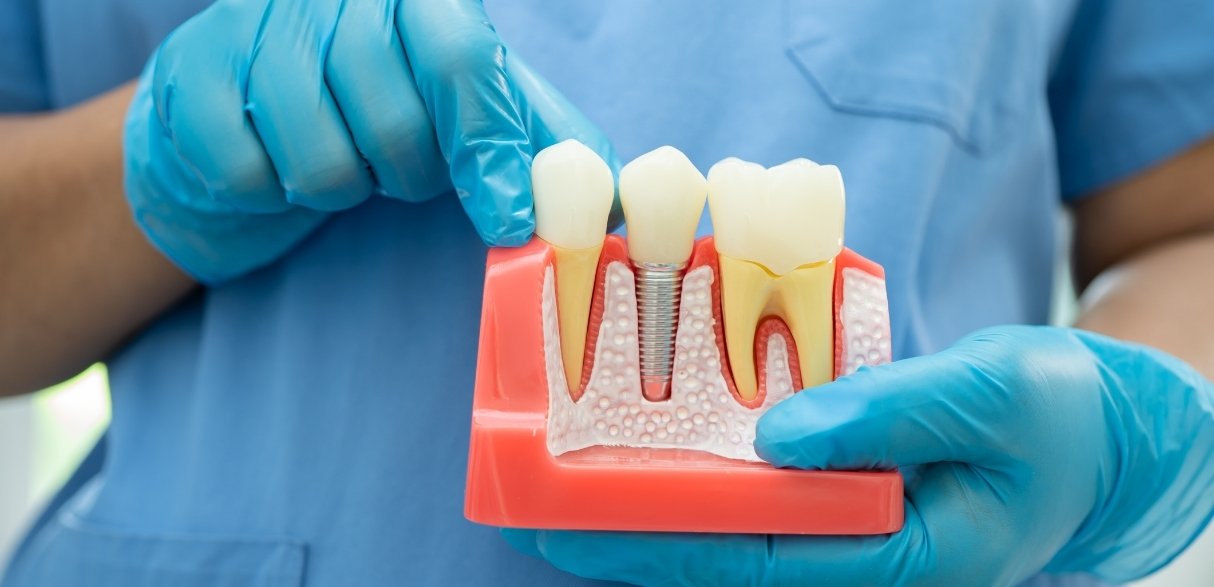
In the heart of Edmonton, dental health is a priority for many. Among various dental procedures, root canals stand out as both common and misunderstood. This comprehensive guide aims to demystify root canals, shedding light on the process and what Edmontonians can expect during recovery.
Understanding Root Canals: The Basics
A root canal is a dental procedure designed to save a tooth that is badly decayed or infected. The term “root canal” also refers to the natural cavities within the tooth where the pulp (a soft area within the root canal) lies. The procedure’s name comes from cleaning the canals inside the tooth’s root.
Why Root Canals are Necessary
When a tooth’s nerve tissue or pulp is damaged, it breaks down, allowing bacteria to multiply within the pulp chamber. This can lead to an infection or abscessed tooth – a pus-filled pocket that forms at the end of the roots. Not only is this painful, but it can also lead to swelling that may spread to other areas of the face, neck, or head.
- Decay: Tooth decay is a primary reason for root canals. When decay penetrates through the outer enamel and dentin layers of the tooth and reaches the pulp, it can lead to an infection. The decay process creates bacteria that can invade the pulp, causing inflammation and pain.
- Dental Trauma: Physical trauma to a tooth, such as from a sports injury, accident, or fall, can damage the tooth’s nerve, necessitating a root canal. Even if a tooth doesn’t exhibit visible cracks or chips, the impact can still harm the pulp.
- Repeated Dental Procedures: Teeth that undergo multiple dental procedures, particularly on the same tooth, can experience stress and strain, leading to pulp damage. Over time, the repeated treatments can irritate and inflame the inner tooth.
- Large Fillings or Restorations: Large fillings can sometimes lead to complications. If a substantial part of the tooth structure is removed for fillings, it may weaken the tooth and affect the pulp.
- Cracks or Chips in the Tooth: Even small cracks or chips can expose the pulp to bacteria, leading to infection. These openings allow bacteria to enter the pulp chamber and can cause pulpitis (inflammation of the pulp).
- Abscess Formation: If an infected pulp is left untreated, it can lead to the formation of an abscess. An abscess is a pus-filled pocket that forms at the end of the tooth’s roots. It can cause severe pain and swelling and can spread infection to other areas of the mouth and body.
A root canal procedure involves removing the infected or inflamed pulp, cleaning and disinfecting the inside of the tooth, and then filling and sealing it to prevent further infection. By doing so, a root canal can save a tooth that might otherwise need to be extracted. It relieves pain and prevents the spread of infection, helping to preserve the patient’s natural tooth and maintain dental and overall health.
The Process of a Root Canal in Edmonton
- Diagnosis and X-Ray: The first step is diagnosing the need for a root canal. Edmonton dentists will take an X-ray to see the shape of the root canals and determine if there are signs of infection in the surrounding bone.
- Anesthesia and Tooth Isolation: The area around the tooth is numbed using local anesthesia. Then, a rubber dam is placed around the tooth to keep it dry and free of saliva during the procedure.
- Removing the Pulp: An access hole is drilled into the tooth. The pulp, along with bacteria, decayed nerve tissue, and related debris, is removed from the tooth. Root canal files are used to clean out the canals.
- Sealing the Tooth: After the tooth is thoroughly cleaned, it needs to be sealed. Some dentists in Edmonton prefer to wait a week before sealing the tooth. If there’s an infection, medication may be put inside the tooth to clear it up. Ultimately, the tooth is sealed with a rubber compound called gutta-percha.
- Restoration of the Tooth: Because a tooth that needs a root canal often has a large filling or extensive decay, a crown, crown, post, or other restoration is usually needed to protect it, prevent it from breaking, and restore full function.
Recovery After a Root Canal
Post-procedure, it’s normal to feel some tenderness in the area for a few days due to natural tissue inflammation, especially if there was pain or infection before the procedure. Most Edmontonians can return to their normal activities the next day.
Caring for Your Teeth Post-Root Canal
- Oral Hygiene: Continue with regular brushing and flossing.
- Avoid Chewing on Hard Foods: This is especially important right after the procedure and if the tooth is awaiting a permanent crown.
- Follow-Up Appointments: Make sure to attend any follow-up appointments to get the final restoration done.
Common Misconceptions about Root Canals
Root canals have a reputation for being painful, but with modern techniques and anesthesia, most people report that the procedure itself is no more painful than getting a filling. Another misconception is that a root canal kills the tooth. In reality, while the nerve and pulp are removed, the tooth itself remains alive, nourished by surrounding tissues.
Finding the Right Dental Practitioner in Edmonton
Choosing a skilled and compassionate dentist in Edmonton is crucial. Look for a practitioner who is experienced in root canal therapy and uses the latest technology for the best outcomes.
Root canals are a safe and effective way to save teeth and avoid extraction. Understanding the process and recovery can help Edmonton residents approach this common dental procedure with confidence and ease. Regular dental check-ups and good oral hygiene can prevent the need for such procedures, but if you do find yourself in need of a root canal, know that modern dentistry offers solutions that are both effective and manageable.




